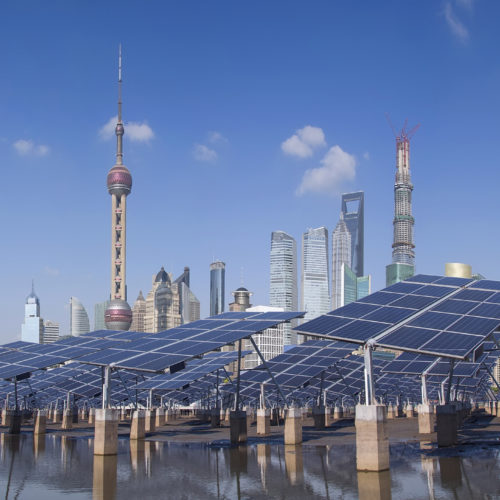
Lena Hansen is RMI’s Chief Strategy Officer, and the co-chair of the Portfolio Management Group. Her work is focused on telling the integrated story of RMI’s work and connecting that to global climate change action. She currently sits on the board of Canary Media. Previously she was the managing director of our China Program, based in Beijing, where she led a team to advise and support China’s energy transition. She has more than 15 years of experience developing, testing, and implementing innovative efficiency and clean energy solutions.
Background
Lena has also led RMI’s US electricity program, where she focused on electric utility business models and the integration of renewable and distributed energy resources into the grid. She co-founded RMI’s Electricity Innovation Lab (eLab), a unique multi-year collaboration of leading power sector decision makers to create transformational solutions, and led RMI’s collaboration with the New York Public Service Commission on its industry-leading reform initiative “Reforming the Energy Vision.” Lena co-authored RMI’s 2011 book Reinventing Fire: Bold Business Solutions for a New Energy Era, a roadmap for an economic transition to a low-carbon system in the United States.
Education
Donella Meadows Leadership Fellows Program
Master of Environmental Management in Economics & Policy, Duke University
Certificate in Energy & Environment, Duke University
BA, Physics, University of North Carolina-Chapel Hill
Location
Boulder, CO







